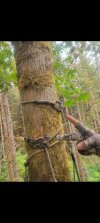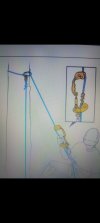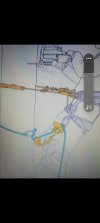CharlieTN
Well-Known Member
- Joined
- Sep 21, 2019
- Messages
- 613
I happened to stumble across this video this morning as I was having my first cup of coffee. It’s some interesting testing of the strength of cross loaded carabiners. I would certainly say that his testing would go well beyond what we would normally do in a climbing situation. I make no claims or decisions either way regarding this issue, just thought I would share the video. The truth is that all carabiner manufacturers tell your to avoid cross loading your carabiners.






